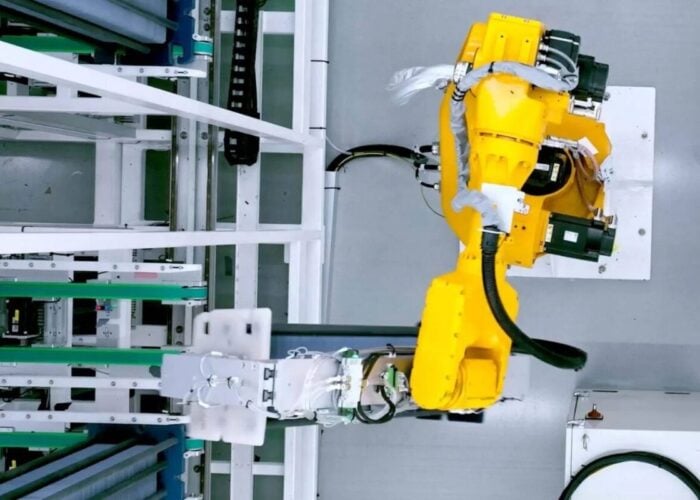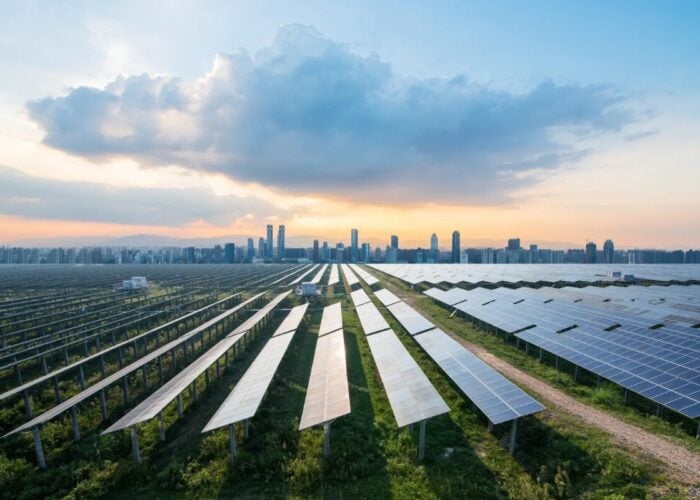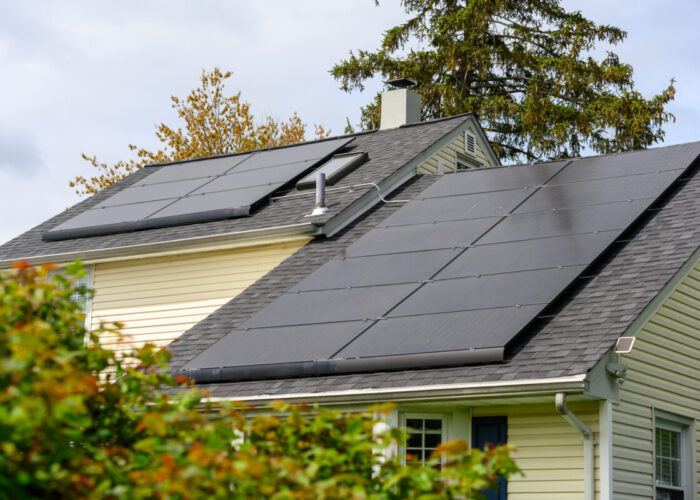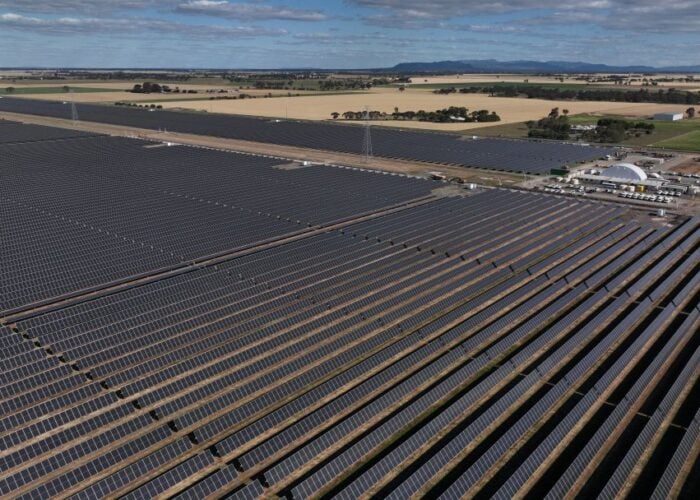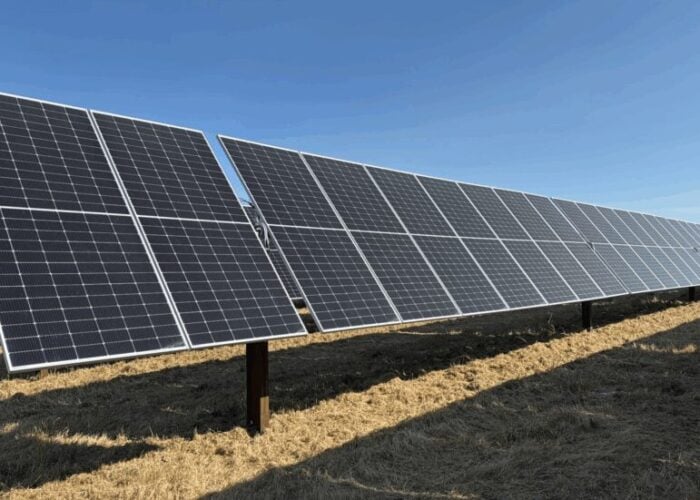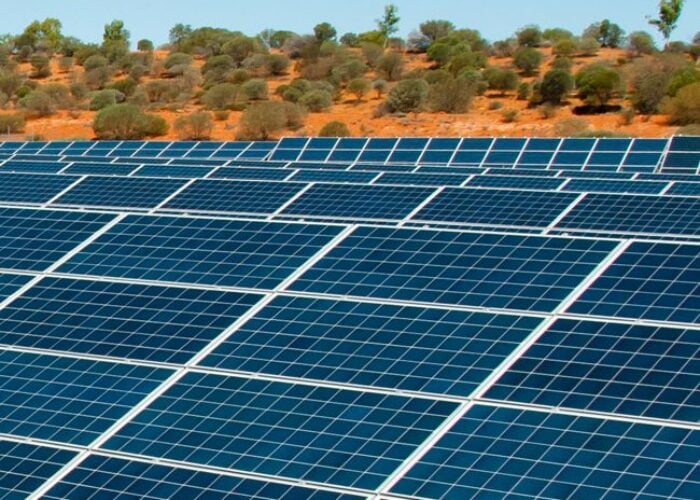A solar cell with 50% efficiency is no longer a pipe dream after researchers at at Fraunhofer ISE, CEA-Leti, Helmholtz Center Berlin and commercial CPV firm, Soitec reached a world record 44.7% conversion efficiency for a novel III-V-based solar cell.
Using Soitec’s commercial experience in wafer bonding techniques, researchers have developed a new multi-junction solar cell structure with four sub-cells, each optimised to absorb different spectral regions from ultraviolet through to the infrared.
Try Premium for just $1
- Full premium access for the first month at only $1
- Converts to an annual rate after 30 days unless cancelled
- Cancel anytime during the trial period
Premium Benefits
- Expert industry analysis and interviews
- Digital access to PV Tech Power journal
- Exclusive event discounts
Or get the full Premium subscription right away
Or continue reading this article for free
The optimisation only took months from previously reporting a III-V cell with 43.6% efficiency, while increasing the efficiency by as much as 1%.
However, a IV-characteristic graph of the new cell highlights a level of variability in the cells ability to reach such high conversion efficiencies. The new record efficiency was measured at a concentration of 297 suns.
Frank Dimroth, department head and project leader in charge of this development work at Fraunhofer ISE said: “We are incredibly proud of our team which has been working now for three years on this four-junction solar cell. This four-junction solar cell contains our collected expertise in this area over many years. Besides improved materials and optimisation of the structure, a new procedure called wafer bonding plays a central role. With this technology, we are able to connect two semiconductor crystals, which otherwise cannot be grown on top of each other with high crystal quality. In this way we can produce the optimal semiconductor combination to create the highest efficiency solar cells.”
“It confirms the acceleration of the roadmap towards higher efficiencies which represents a key contributor to competitiveness of our own CPV systems,” added André-Jacques Auberton-Hervé, Soitec’s Chairman and CEO.
The research partners did not say if or when the novel cell would be put into production. Soitec announced earlier in September, 2013 that it had launched a CPV module dubbed the ‘CX-M500’ that employed III-V solar cells with a 31.8% conversion efficiency providing a nominal peak power output of 2,450 Wp.

